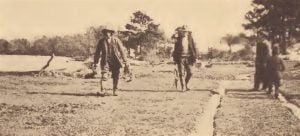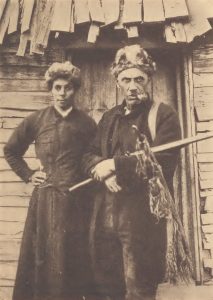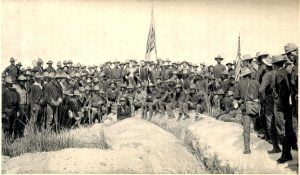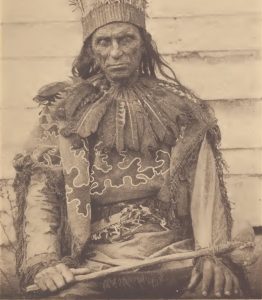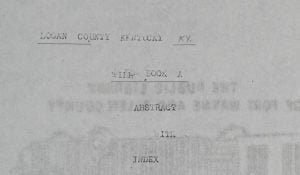Lt. Col., J. A. G. Dept.; of Wayne County; son of George D. and Mrs. Sallie Langston. Husband of Mrs. Mary W. Langston. Entered service Dec. 4, 1917, at Goldsboro, N.C. Sent to Raleigh, N.C. Appointed member of Dist. Board for Eastern District of N.C. July 27, 1917. Elected chairman of board. Was commissioned as major, Officers Reserve Corps, Dec. 4, 1917, and ordered to report to the Governor of N.C. as special aide in the administration of the draft. Took active charge of the State Draft and served in that capacity until Sept. 5, 1918. Was transferred to the … Read more



